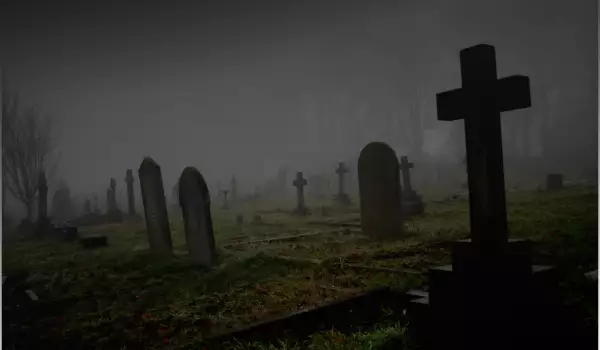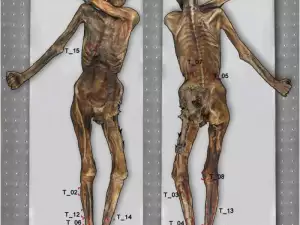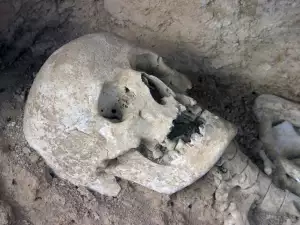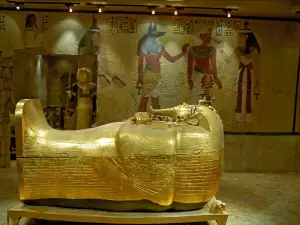English archaeologists came across a particularly strange find this past summer while they were excavating on the small island of Chapelle Dom Hue, located in the middle of the English Channel.
While investigating a medieval village that had thrived during the Middle Ages, researchers found a strange grave near the ruins of a church. It was separate from the rest of the cemetery, located on a hill under a centennial oak. Initially, the archaeologists thought it was the resting place of an important member of the community, living on the island, or of the feudal lord.
They were in for a huge surprise after they opened the grave and discovered the bones of a porpoise inside. What was even more strange was when the archaeologists found out that the large marine mammal was buried in accordance with Christian traditions, including all of the honors befitting of Medieval kings and aristocrats laid down for eternal slumber.
The find is one-of-a-kind and a complete puzzle for the entire scientific community.
"There is still no clear theory about why the Medieval residents of the island went about such a labor-intensive task - to drag the body of the porpoise so far and bury it as if it were an aristocrat, " stated prof. Philip de Jersey from Oxford University.
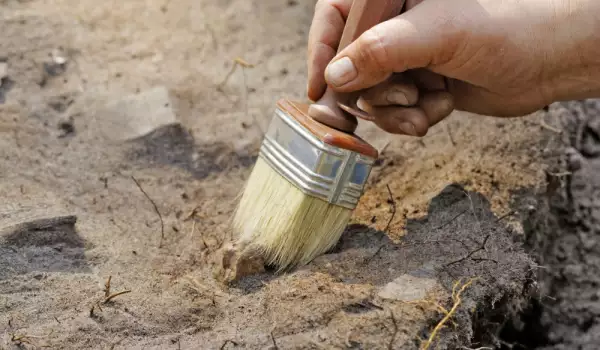
The body was laid to rest facing east, in accordance with Christian tradition.
De Jersey initially expected to find the remains of a Medieval monk in the grave, as the island was thought to be a religious place for monks seeking shelter. But the remains turned out to belong to a porpoise species with a declining population. In the past, porpoises were hunted for food along the British Isles.
The manner of burial rejects the theory that the remains belonged to a half-eaten porpoise that had simply been thrown out, while currently scientists are avoiding further speculation until the bones are analyzed and the area around the grave further studied.
"Dolphins are held in high regard in Christianity but not porpoises. We have no idea what could have led to this unusual animal burial. This is the strangest case in my entire 35-year career, " adds de Jersey.
